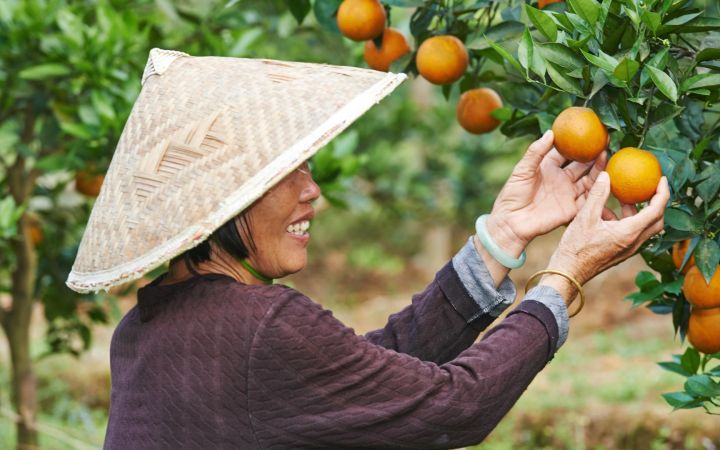
Recent rain has while welcomed throughout our region, revitalising our native flora & turning our landscapes lush & green. Unfortunately, it’s also provided ideal conditions for many of our unwanted (priority) weeds to continue to flourish and spread.
While seemingly harmless at first glance, the impact of weeds on natural vegetation can be devastating and they are estimated to cost the NSW economy about $1.8 billion annually (NSW Department of Industry, 2018).
As we head into the warmer months, Snowy Monaro Regional Council is calling on all community members to get to know our priority weeds and find out what we can all do to play our part to protect our environment, help our famers and support our community.
Over the next nine weeks we’ll be sharing information on our region’s priority weeks, starting this week with Serrated Tussock – our ‘Weed of the Week’.
What is Serrated Tussock?
Serrated Tussock is a highly invasive exotic, perennial, grassy weed.
Why is Serrated Tussock a problem?
• It invades and crowds out useful pasture and heavily infested areas can carry very little stock.
• It out-competes native plants in many conditions reducing biodiversity and destroying habitat for native fauna.
• Controlling serrated tussock is costly to farmers and land managers.
• Grazing animals cannot easily digest serrated tussock and usually avoid feeding on it.
• It produces thousands of seeds that can blow long distances in the wind and survive for many years in the soil.
• It grows well in all areas locally, thriving in areas with low rainfall and poor soils.
• Serrated Tussock is well suited to conditions on the Monaro and poses a serious biosecurity risk to our entire region.
What can you do?
• Learn to identify and effectively control Serrated Tussock.
• Control Serrated Tussock BEFORE it produces viable seed.
• Search your property for Serrated Tussock – plants are most obvious in winter when they have a bleached appearance and from November when purple seed heads are obvious. Call Council if you need help.
• Retain good perennial groundcover to prevent Serrated Tussock establishing and spreading.
• Consider non-chemical options including digging or grubbing out – bare soil will provide a perfect place for serrated tussock to grow again so disturb as little ground as possible and scatter some grass seed in large bare areas
• Chemical options include Flupropanate and Glyphosate. Flupropanate is a more selective and longer-acting chemical. Use Glyphosate only on actively growing plants.
• Download the free NSW WeedWise app for detailed information on how to identify and manage local priority weeds: https://www.dpi.nsw.gov.au/biosecurity/weeds
• Visit Council’s website to understand how we can help you with weed management: https://www.snowymonaro.nsw.gov.au/140/Biosecurity-and-Weeds








